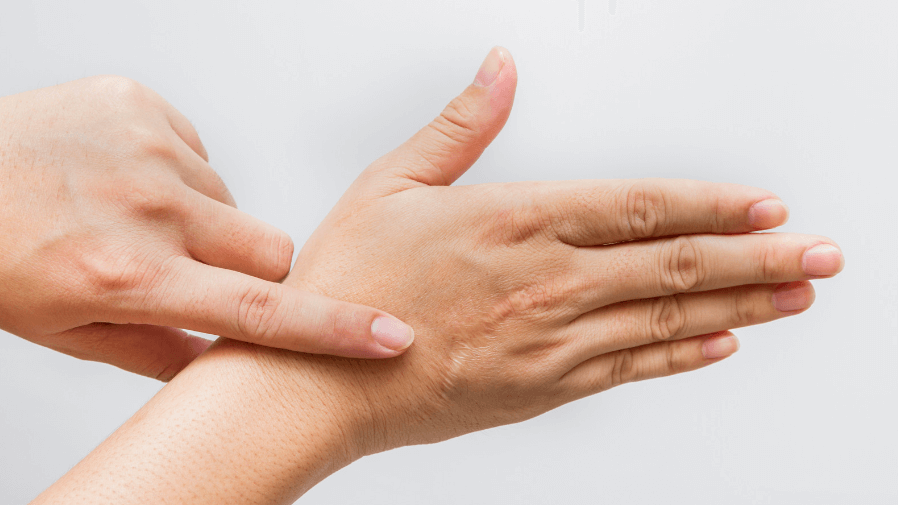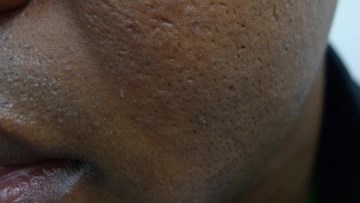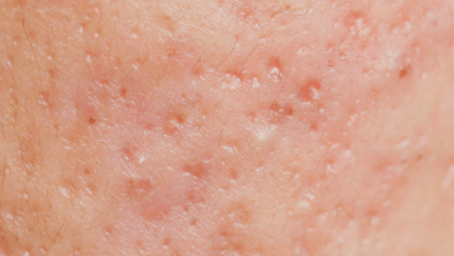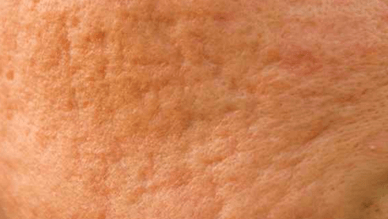Scars 101
&srotate=0)
What kind of scar do I have and what does it mean?
Scars are an inevitable part of the body's healing process after injury or surgery. While scars signify the body's resilience, their appearance and impact can vary significantly depending on several factors. As a board-certified dermatologist, I have encountered numerous patients seeking guidance on scar management. In this article, we will explore different scar types, their characteristics, and potential treatment options.
1. Atrophic Scars
Atrophic scars are characterized by a depressed or sunken appearance. These scars typically occur due to a loss of underlying tissue during the healing process. Common types of atrophic scars include:
&srotate=0)
- Ice pick scars
These narrow, deep scars resemble small puncture marks on the skin's surface and are commonly associated with acne. Treating icepick scars often requires specialized interventions, such as chemical peels, microneedling, or laser resurfacing.
&srotate=0)
- Boxcar Scars
Boxcar scars are wider depressions with well-defined edges. They are often caused by inflammatory conditions, such as acne or chickenpox. Treatments for boxcar scars may involve laser therapy, dermal fillers, or subcision.
&srotate=0)
- Rolling scars
Rolling scars create a wavy or undulating appearance on the skin's surface. They are caused by fibrous bands pulling the skin downward. Treatment options for rolling scars include subcision, micro-needling, or fractional laser resurfacing.
2. Hypertrophic and Keloid Scars
Hypertrophic scars and keloids are characterized by excessive collagen production during the healing process. They result in raised, thickened, and often itchy scar tissue. Hypertrophic scars remain confined to the original wound area and tend to regress over time. There are a multitude of treatments offered at Skin Center Boston which includes but not limited to corticosteroid injections, cryotherapy, laser therapy, or surgical revision if necessary. Keloids extend beyond the original wound boundaries and can continue to grow over time. They may be more challenging to treat. Although these types of scars aren't typically life-threatening, they may become itchy or tender and uncomfortable to live with.
3. Pigmented Scars
Pigmented scars are characterized by changes in skin coloration at the site of healing. They can appear darker (hyperpigmentation) or lighter (hypopigmentation) than the surrounding skin. In many cases, pigmented scars can fade naturally over time. However, treatments such as topical bleaching agents, chemical peels, laser therapies, or oral medication can help expedite the process.
4. Contracture Scars
Contracture scars typically occur after burn injuries, resulting in tight, constricted skin. These scars can limit mobility and, in severe cases, affect underlying muscles and nerves. Treatment approaches may involve surgical scar revision, skin grafting, or physical therapy to improve function.
Why is it important to know the difference between scars?
Understanding the different types of scars is crucial in determining appropriate treatment strategies. Each requires a tailored approach, combining various modalities such as topical treatments, minimally invasive procedures, or surgical interventions. By consulting with a dermatologist, you can receive individualized care that maximizes scar improvement while promoting overall skin health.